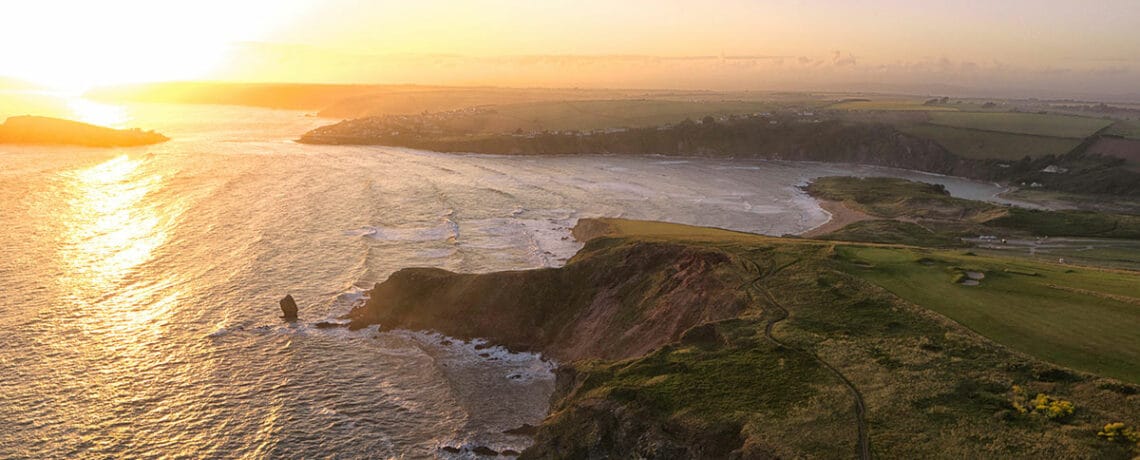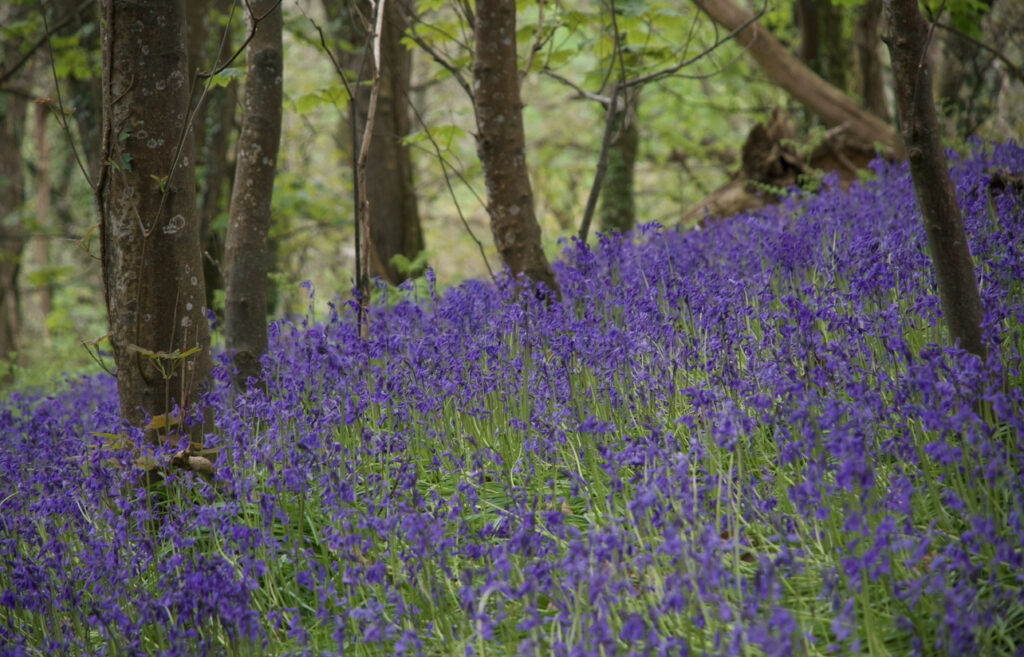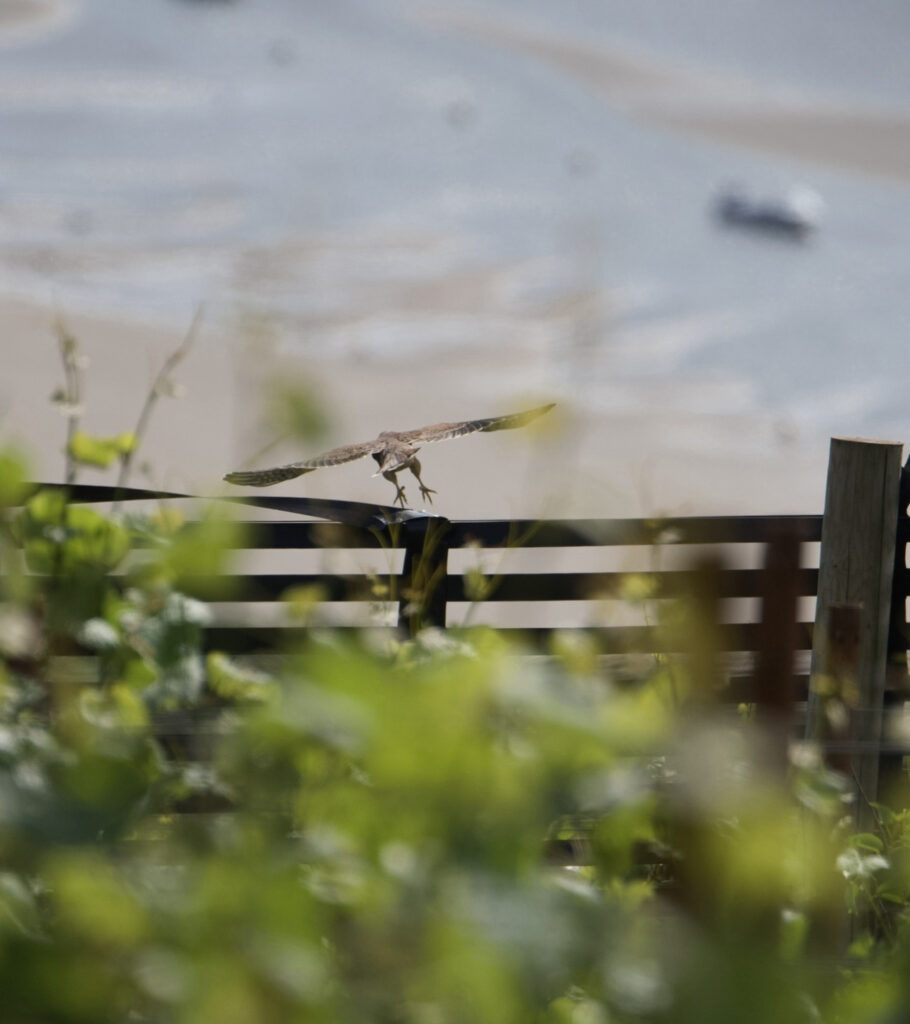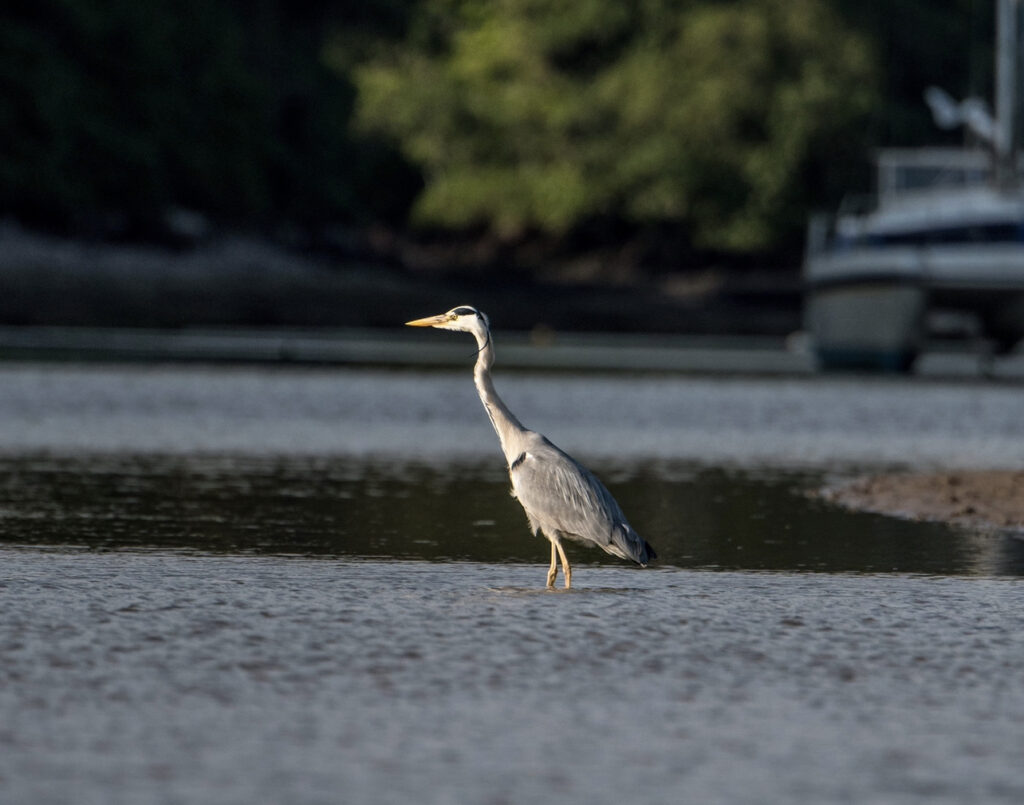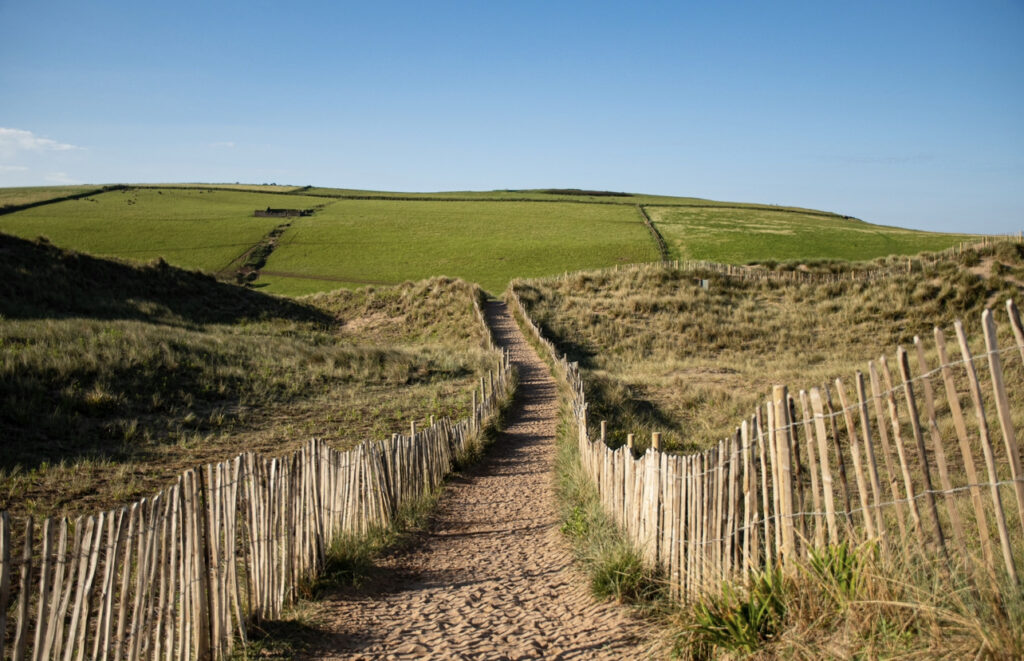Regeneration
The estate woodlands are entered into a 10 year Woodland Management Plan. Our active management plan of the woodland will help to extend existing woodland, improve those Ancient woodland, maintain biodiversity, encourage natural regeneration and create a robust woodland system.
Started in 2019, when 9000 native woodland species have been planted part of an ongoing scheme of woodland creation. We have since planted another 7000 trees in an effort to link up wildlife corridors in the Estate and create more wildlife habitat.

